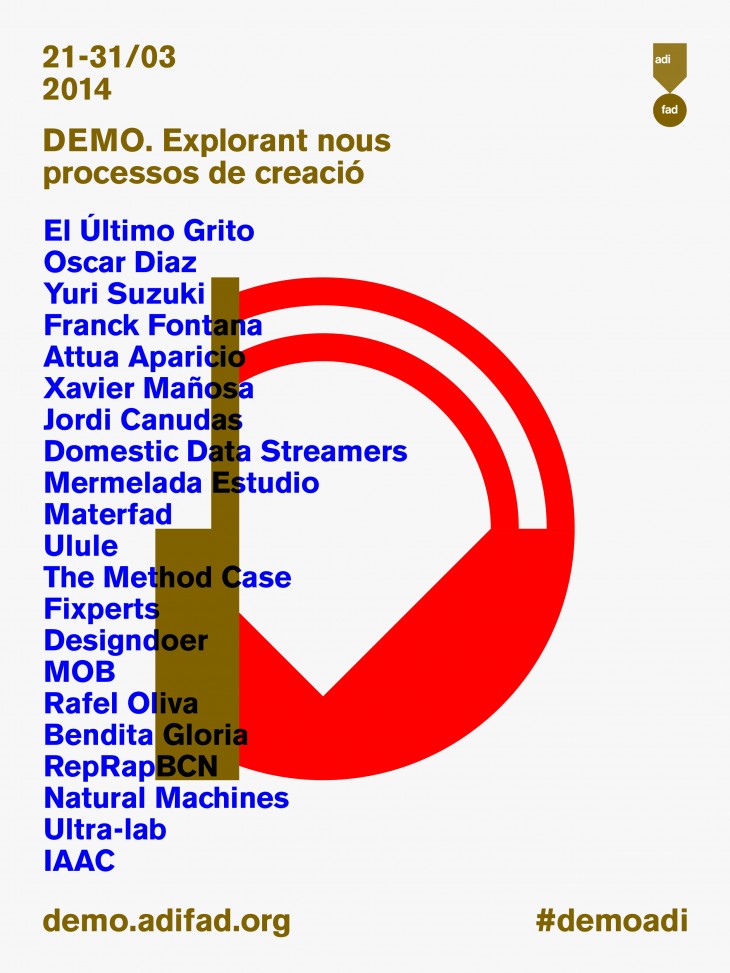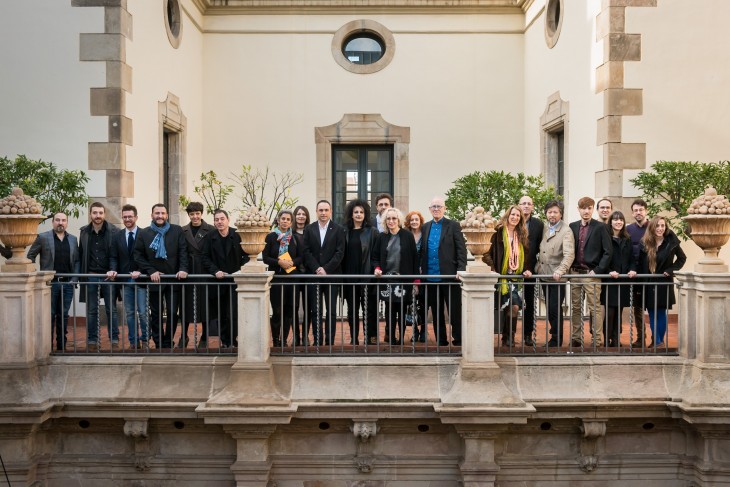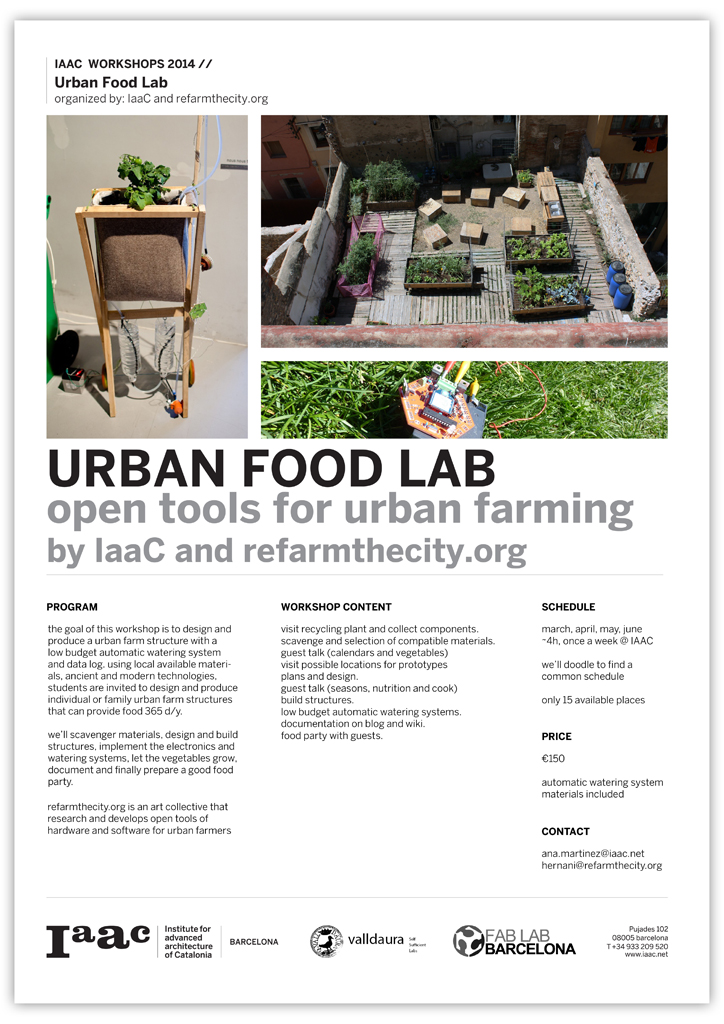Tonight we had the pleasure of hosting Francis Soler as part of the IaaC Winter Lecture Series 2014 entitled the Art of the Opposition, during which Soler discussed his works, and his thoughts developed throughout his career.
Marc Barani describes Francis Soler in the following extract:
« I remember a drawing on the cover of an architecture magazine. It was back in 1986. With a nerve, Francis Soler drew support from the structuralist approach to explore an unusual aesthetic world that was flexible, living and rational. As a result, the plans, sections and details of his projects demonstrated uncompromising functional and constructive precision, an economy of means, while the volumetry, façades and atmospheres captured the context and culture of the period. This fertile tension, between structuralism and sensuality, and between rationality and poetry, was the basis of his work. On this doctrinal foundation, Francis Soler achieved the miracle of developing a very personal timeless type of architecture. Those who know how to do this are few and far between; all the more so since this talent is combined with that of a pioneer. Indeed he proposed to cover all the buildings for Les Bons Enfants – the seat of the Ministry of Culture – with a vibrant and unifying latticework. That was in 1994, well before this solution was taken up in many projects. Still in 1994, he designed the Lycée in Noumea from a sophisticated natural ventilation system, without following the program, which required air-conditioning, to the point of being excluded from the competition.In 1999, for the conversion of the Keroman submarine base in Lorient, he located a wind farm on a rough site where water and concrete meet. It was a “utopia”, according to the jury. Yet this utopia would have provided the city of Lorient with half its electricity requirements, and whose feasibility was confirmed by a letter from EDF in which they undertook to finance the project. At the time, these proposals earned him incomprehension, mockery and virulent criticism. They are now an integral part of the architectural landscape. In Francis Soler’s more recent projects, the strong narrative dimensions he began with tend to fade before a more direct and technical representation. It would seem that the proliferation of standards and regulations of all sorts is a driving force in their design. A beneficial opposition to the pervading exasperation to describe the growing number of constraints differently, recognize that despite it all they are revealing of a contemporary culture, and from this create new arwchitectural material. Today, Francis Soler’s constant search for innovation drives him to design projects like a scientist, to set them up like far-reaching and generous precision engineering, capable of adapting to the prevailing cultural instability. He is a pioneer as I already said. It would probably be appropriate to ask what he is telling us that we have not yet seen or understood. »



